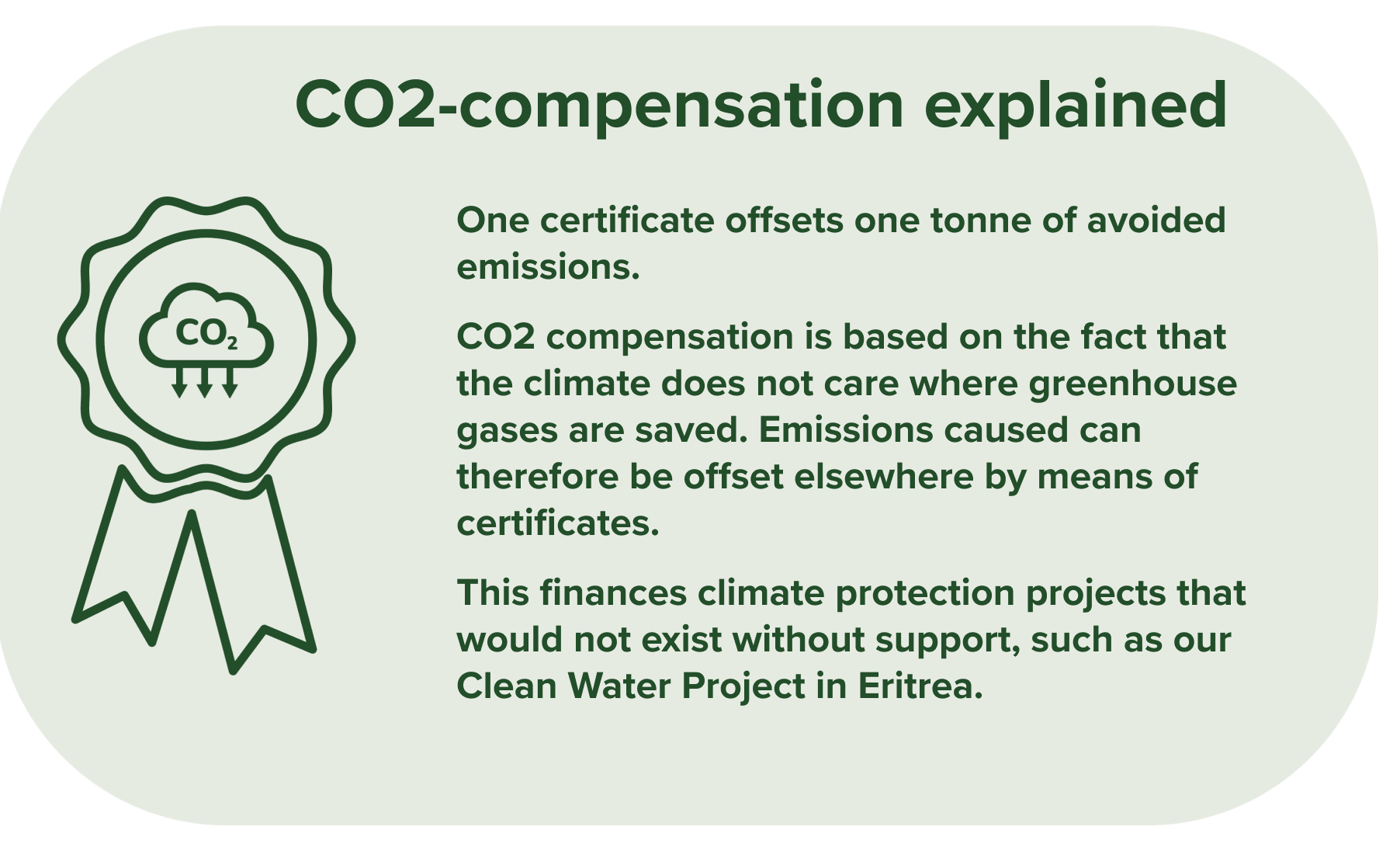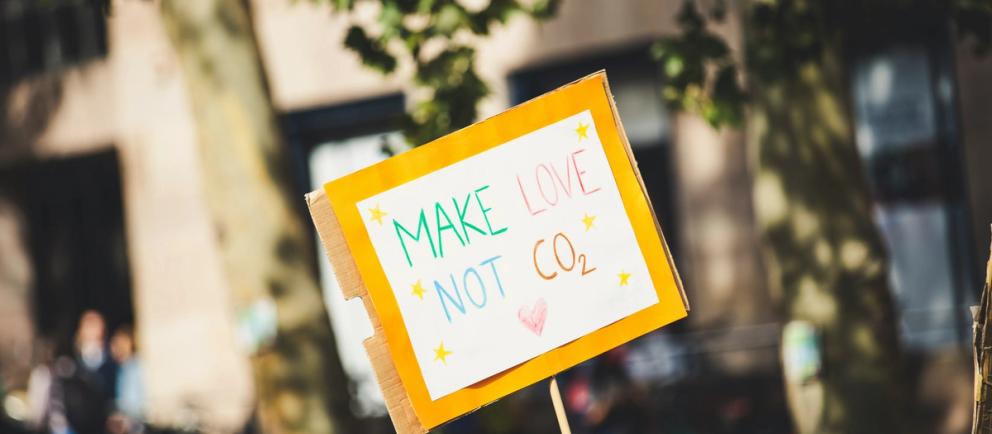Lessons learned:
- Your carbon footprint is calculated in the form of CO2 equivalents and covers areas such as housing, energy and mobility
- Through climate protection projects, you can offset those emissions that cannot be avoided with certificates
- At the same time, you should also ask yourself which emissions you can avoid and reduce in advance and thus strengthen your Carbon Handprint.
With heatwaves in summer, floods and forest fires, the climate crisis is also becoming increasingly noticeable for us. To counteract these effects, it is essential to radically reduce emissions and at the same time find solutions for unavoidable emissions. In addition to politics and business, we as a society can also make our contribution and reduce our emissions. However, as our current infrastructure does not yet fully support sustainable living, some emissions are unavoidable. There is a solution. This blog post explains the most important facts about CO2 reduction and offsetting.
What is your Carbon Footprint?
Your individual Carbon Footprint is made up of living, heating, travel, food and other everyday activities and averages 9.1 tonnes of CO2 equivalents per person in Germany. The CO2 equivalent is used to compare the different effects of greenhouse gases based on their impact. For example, nitrous oxide is 300 times more harmful to the climate than CO2 and must therefore be converted in order to be comparable. For a climate-friendly life, it is important to reduce your footprint as much as possible. However, sometimes emissions can hardly be avoided. For example, if your family lives far away and you really want to visit them. Nobody is perfect and we shouldn't aspire to be. Nevertheless, we can do something here too and offset our unavoidable emissions, as the graphic shows.

CO2-compensation through climate protection projects
It is clear that CO2 compensation can be an important element of a comprehensive approach. Anyone who offsets their unavoidable emissions through certified projects can thus make a responsible contribution to climate protection. This supports many climate protection projects that also have a positive impact on society and the environment. Our Clean Water Project in Eritrea, for example, has set itself the task of providing local people with a sustainable supply of drinking water. In the past, water was brought from far away and boiled in inefficient stoves that emitted large amounts of CO2. Within 2 years, this measure has saved over 119,000 tonnes of CO2. To release this amount of CO2, a car would have to drive around the world 25,000 times.

Carbon Handprint
A growing number of people are changing their lifestyles and strengthening their ecological handprint in order to make a contribution to global climate protection. The ecological handprint goes beyond the ecological footprint. It focuses on the positive actions that you take yourself to bring about environmentally friendly changes in others. For example, this could be a party where you only serve vegetarian food to your guests or a public campaign about cycling.
At TeamClimate, we are convinced that reducing emissions is central to the fight against the climate crisis. We realise that CO2 compensation must go hand in hand with other solutions. Regulations, innovative approaches and new social models are needed. The emphasis is on the collective impact that positive actions can have when they are carried out by many people. By everyone doing their part, we can make a difference.
🦸🦸♀️ Join us on a sustainable journey and learn, step by step, how to protect the climate.
➡️Step 1: Scroll down our website, subscribe to our newsletter and receive valuable insights and tips to increase your impact on this world.


